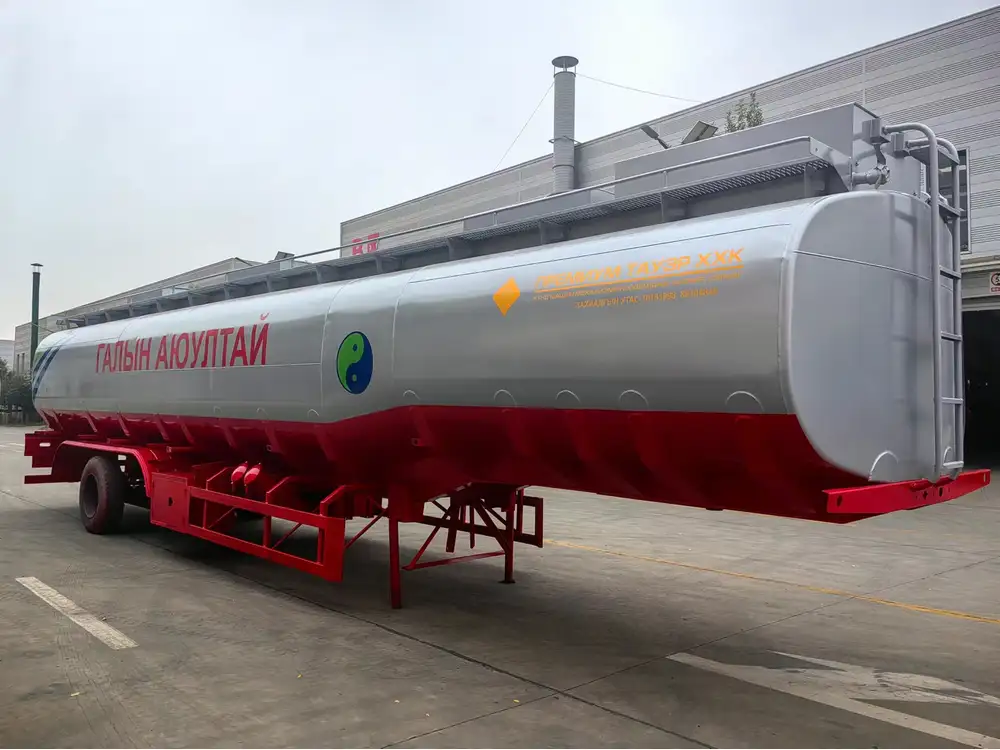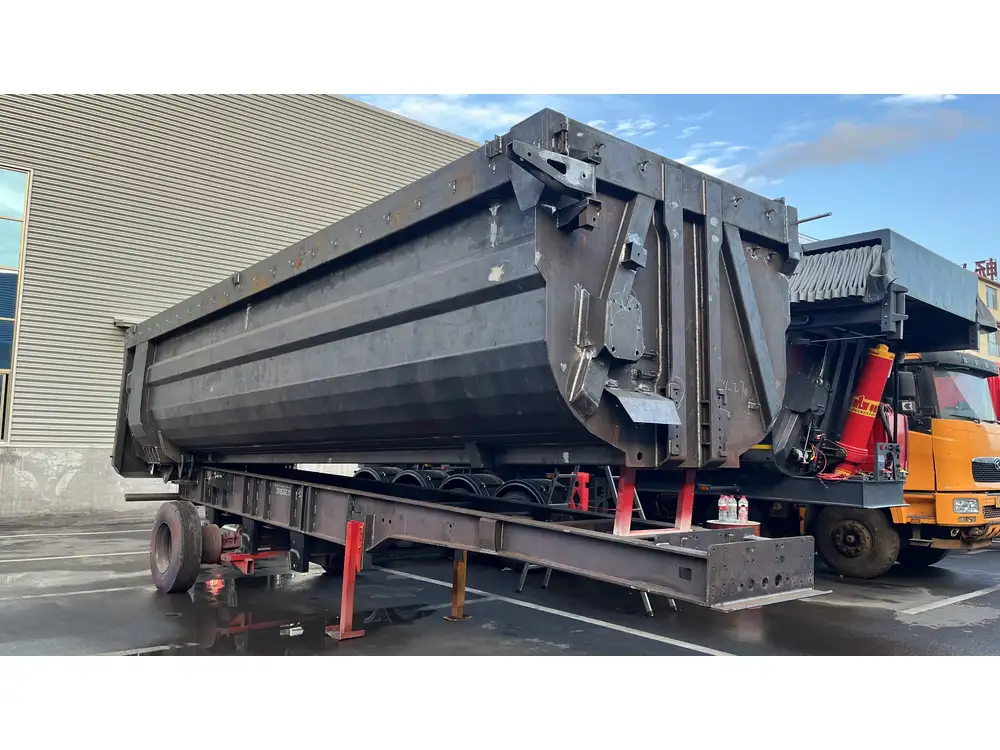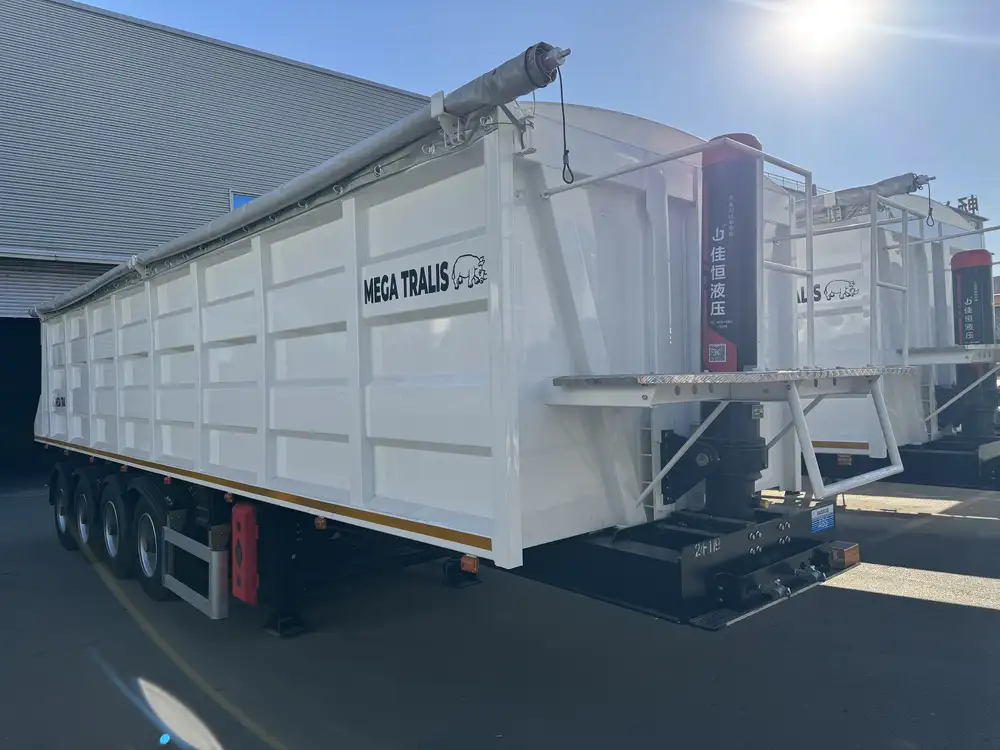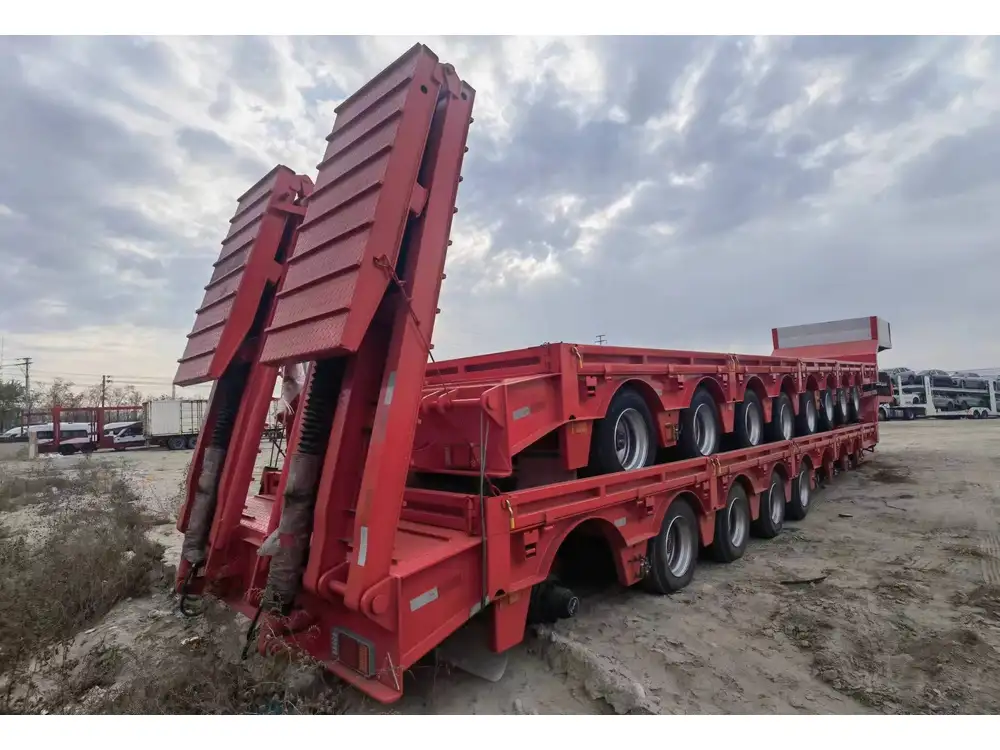Transporting heavy and bulky items, such as wheel plates, requires precision, planning, and an understanding of the best practices in flatbed trailer transport. This guide provides expert insights into successfully hauling wheel plates, ensuring safety, efficiency, and compliance with legal regulations.
Understanding Wheel Plates and Their Importance
Wheel plates, often used in various industrial applications, play a crucial role in supporting loads on trailers and trucks. They are designed to distribute weight evenly, reducing stress on the vehicle and enhancing stability during transportation. Given their weight and dimensions, hauling wheel plates necessitates careful consideration of not just the materials themselves, but also the logistics involved in their transport.
Types of Wheel Plates
Before embarking on hauling, it’s vital to understand the different types of wheel plates you might transport:
- Steel Wheel Plates: Heavy and durable, often used in construction and industrial applications.
- Aluminum Wheel Plates: Lighter than steel, preferred for applications requiring less weight but still offering significant strength.
- Composite Wheel Plates: A blend of materials, designed for specific weight capacities and corrosion resistance.
Each type of wheel plate has unique hauling characteristics that dictate the necessary equipment, loading techniques, and securing methods.

Preparation: The Key to Successful Hauling
Proper preparation is fundamental to ensuring that hauling wheel plates on a flatbed trailer is conducted safely and efficiently. This phase involves several critical steps.
1. Equipment Check
Before any transport, conduct a thorough inspection of your flatbed trailer:
| Equipment | Checkpoints |
|---|---|
| Flatbed Trailer | Ensure structural integrity; check for rust or damage. |
| Straps & Chains | Verify the condition; look for frays or breaks. |
| Tarps | Ensure they are in good condition for weather protection. |
| Loading Ramps | Check for stability and safety when loading/unloading. |
2. Calculate Weight and Dimensions
Understanding the weight and dimensions of the wheel plates is essential. Accurate measurements ensure that the trailer is not overloaded, maintaining compliance with DOT (Department of Transportation) regulations. Use the following formulas to ensure you stay within limits:
- Weight Distribution: Balance the load to prevent tipping.
- Total Weight Calculation: Sum up the weight of the wheel plates and the trailer to ensure it does not exceed the trailer’s capacity.

3. Obtain Necessary Permits
Depending on your load and state regulations, a special permit may be needed for oversized or heavy loads. Check local and federal guidelines to ensure compliance and avoid hefty fines.
Loading Wheel Plates on a Flatbed Trailer
The loading process can significantly affect the security and stability of the wheel plates during transport. Adhere to these detailed guidelines:
1. Use Appropriate Equipment
To load wheel plates safely, use the following tools:
- Forklift: Ideally suited for lifting heavy wheel plates efficiently.
- Loading Ramps: Assist in the smooth transition of plates onto the trailer.

2. Proper Loading Techniques
- Center the Load: Always load wheel plates in the center of the trailer to ensure even weight distribution.
- Stack Wisely: If transporting multiple plates, stack them strategically (e.g., larger at the bottom) to enhance stability.
3. Securing the Load
Once loaded, it’s crucial to secure the wheel plates effectively:
| Securing Method | Description |
|---|---|
| Ratchet Straps | Use heavy-duty ratchet straps around the wheel plates, tightening them firmly without damaging the load. |
| Chains | For extreme loads, chains might be preferable. Ensure they are rated for the weight of the load, and use ample chain to secure the plates. |
| Edge Protectors | Utilize edge protectors to prevent straps from cutting through the material of the wheel plates. |
Always use a minimum of four tie-downs, following the WLL (Working Load Limit) guidelines.
Transportation Guidelines: Best Practices on the Road
Once your wheel plates are securely loaded and tied down, the actual transportation phase begins. Implement these best practices to maintain safety and compliance while on the road.

1. Vehicle Speed and Handling
Operating a flatbed trailer loaded with heavy wheel plates requires a more gentle touch:
- Adhere to Speed Limits: Stick to posted speed limits, factoring in the extra load.
- Longer Stopping Distances: Anticipate longer stopping distances and allow for extra space between you and the vehicle in front.
2. Regular Checks
During long hauls, perform regular checks:
- Rest Stops: Take breaks to check the load. Ensure that nothing has shifted and that all securing devices remain tight.
- Roadside Checks: Be prepared for inspections; carry all necessary documentation.
Unloading Wheel Plates Safely
The unloading process is as critical as loading. Follow these steps:

1. Create a Clear Area
Ensure the area where you will unload is clear of obstacles and personnel to avoid accidents.
2. Use Appropriate Equipment
Rely on forklifts or cranes to assist in unloading to minimize injury risks.
3. Follow Reverse Loading Procedures
When unloading, reverse the loading process:
- Release Tension Gradually: Loosen straps or chains step-by-step to prevent sudden movement.
- Lowering Techniques: If using a forklift, ensure that wheel plates are lowered gently to the ground.

Common Challenges and Solutions in Hauling Wheel Plates
The process of hauling wheel plates can come with several challenges. Here is a structured approach to mitigate these potential issues:
Challenge: Load Shifting
- Solution: Always conduct a thorough visual inspection before departure and every few hours during haul to ensure the load remains secure.
Challenge: Weight Limit Compliance
- Solution: Know your trailer’s weight capacity. Always weigh your load or consult with a weigh station when in doubt.

Challenge: Weather Conditions
Inclement weather can make transporting heavy loads hazardous.
- Solution: Carry tarps to protect wheel plates from rain, snow, or debris. Always drive cautiously under adverse conditions.
Challenge: Equipment Failure
- Solution: Regular maintenance of your flatbed trailer and associated equipment can prevent breakdowns. Keep a repair kit handy.
Legal Considerations and Best Practices
Compliance with local and federal transportation regulations is paramount. Here are essential legal aspects to consider:
- Weight Limits: Familiarize yourself with state-specific weight limits for trailers and adjust your loads accordingly.
- Permits: Obtain the necessary permits for overweight or oversized loads.
- Safety Regulations: Adhere to all safety regulations, including load securing standards set forth by DOT.

Conclusion: Mastering the Art of Hauling Wheel Plates
Effectively hauling wheel plates on a flatbed trailer involves a systematic approach grounded in preparation, execution, and ongoing compliance with legal standards. By understanding the types of wheel plates you are transporting, preparing accordingly, employing the right equipment, and executing the necessary techniques for loading, transporting, and unloading, you will set yourself up for successful, efficient transport.
Transporting wheel plates can be a complex undertaking, but with this comprehensive guide, you are now equipped with the knowledge needed to tackle this challenge with confidence and competence. Remember, the key to success is preparation, execution, and continuous learning from every haul you undertake.



